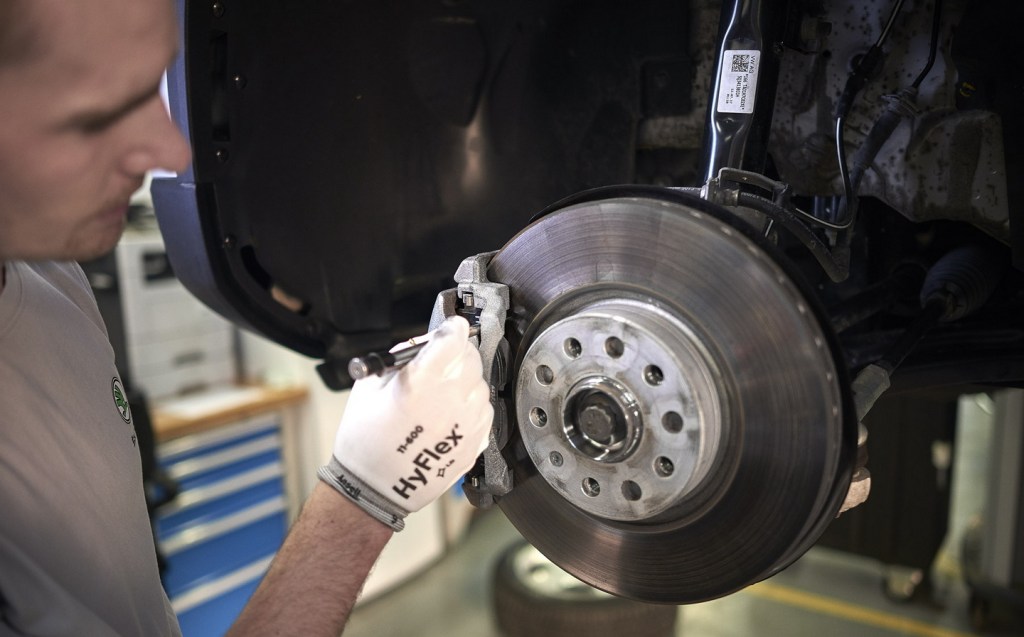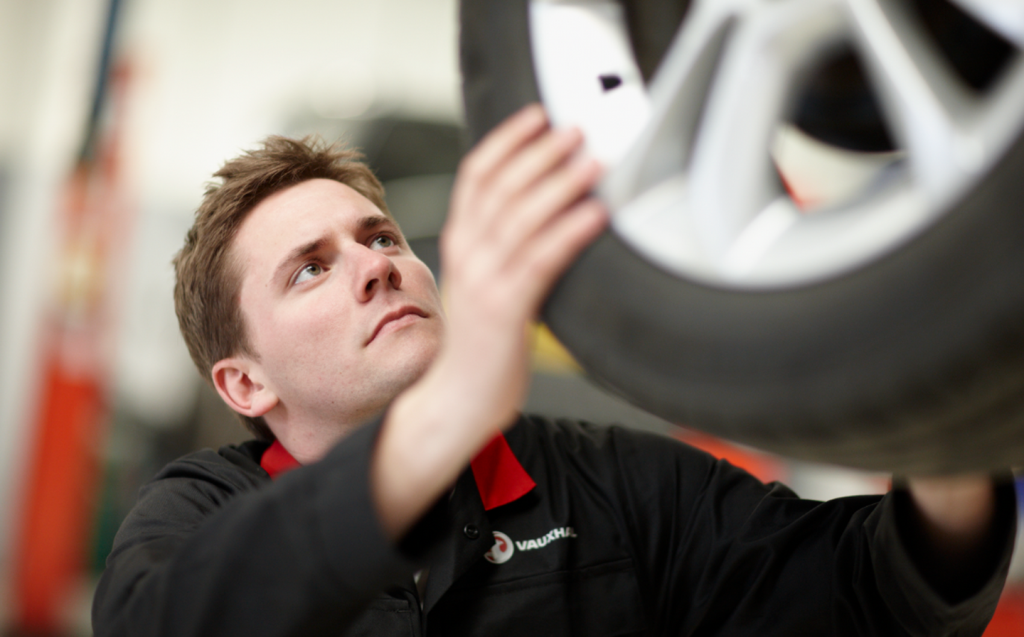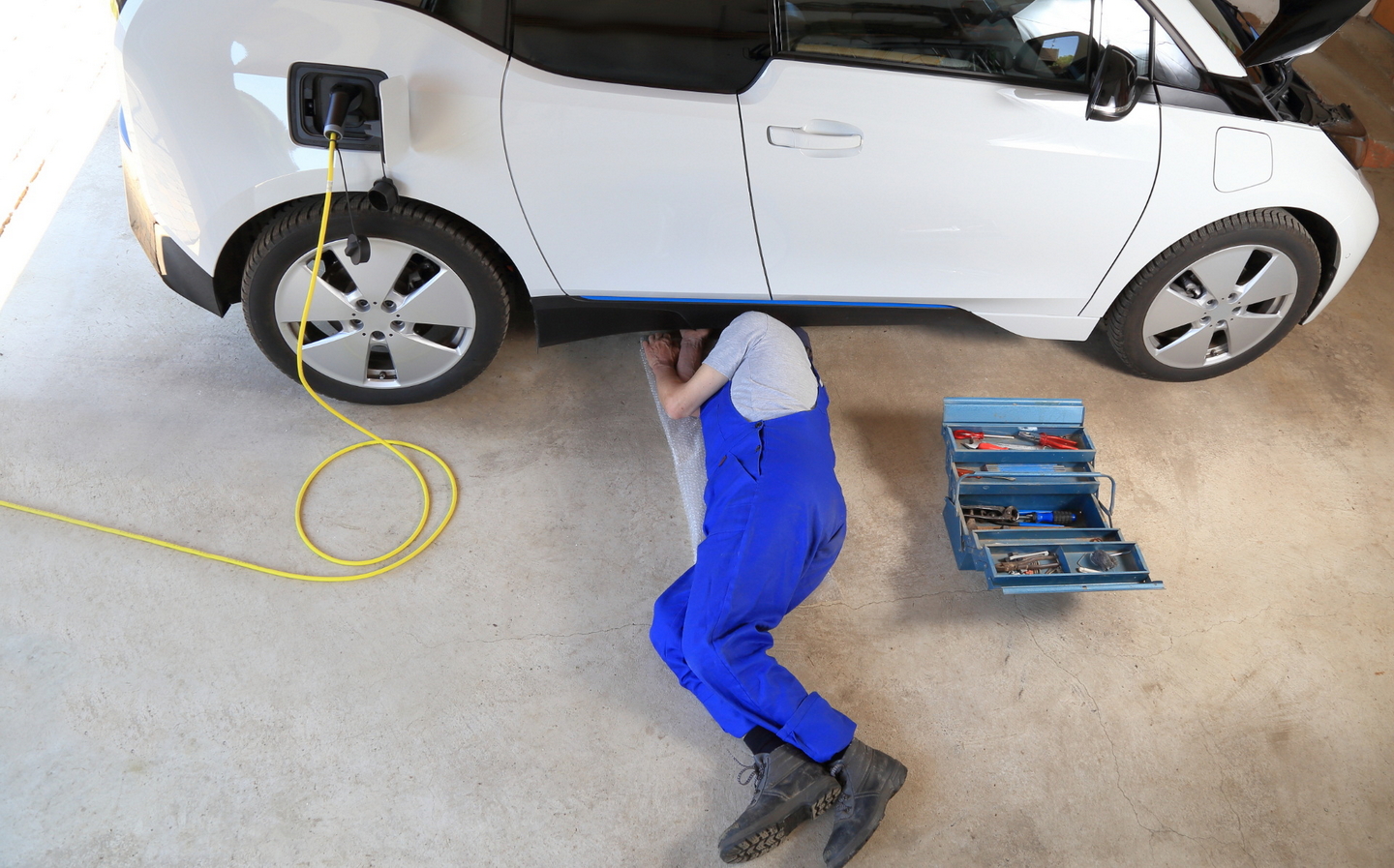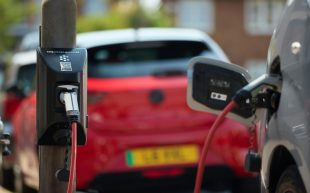What does an electric car service involve?
Fewer oily bits
ALONG with not having to fill up with heavily-taxed petrol or diesel, lower servicing charges help keep the cost of electric vehicle (EV) ownership down.
Whereas a car with an internal combustion engine may have hundreds of moving parts, an EV has comparatively few, with no oil or oil filter changes required, for example, and parts such as the motor and reduction gear unit sealed for life.
That’s not to say, however, that electric vehicles are maintenance-free. They do still have parts that need to be checked and renewed regularly. This should be done according to the manufacturer’s schedule outlined in the owner’s handbook — something that varies from car to car.
This really isn’t something that ought to be neglected as regular servicing may nip in the bud any potentially big problem, preventing major bills down the line.
A good service history can help when it comes to resale values, too, and keeping a car in good health mechanically (or electrically) is key to it passing its MOT with ease.
What’s involved in an electric vehicle service?
1. Battery
One of the first things a technician will do during an EV service is hook the car up to a diagnostic computer. This will show any faults in the battery and drivetrain that may need attention.
There may, for instance, be a damaged cell in the battery leading to a loss of performance. It may be possible to replace indiviual cells at minimal cost, rather than replacing the whole battery pack.
With so few moving parts however, this is the aspect of the car that is least likely to go wrong and need work.
2. Cabling
A mechanic will also conduct a visual inspection of the car’s high-voltage cabling to check for breaks in connectors or the surfaces of the wires. While these are of heavy duty and usually well-protected, they can under certain circumstances become damaged and need attention.
3. Cooling
One thing that EVs do share with most internal combustion cars is the presence of liquid cooling. This helps to keep the battery from overheating and, though it’s a sealed system, a technician will check all the pipework for leaks, topping up the coolant level if necessary.
4. Brakes

Brake components such as discs and pads should, because of the use of regenerative braking by the electric motor, need replacing less often than in a petrol or diesel car, but this can in fact lead to other problems such as warping or rusting of the disk through lack of use. And with the extra weight of an EV, they’ll still be working hard from time to time.
A technician will check these for wear and tear, replacing parts if necessary. Brake fluid will also need to be changed every two years or so.
5. Suspension
Like in any other car, suspension and steering components will suffer from attrition due to age and the vagaries of potholed road surfaces. Inspecting and, if necessary, replacing these will form part of any service regime.
6. Tyres
Tyres can wear quickly on an electric vehicle thanks to all that instant torque and comparably high weight, so owners might find themselves having to replace their tyres more often than on a small petrol-powered car.

7. Air conditioning
The technician will inspect the cabin’s cooling and ventilation system including the performance of the air conditioning system (recharging as necessary) and replacing the cabin air filter as needs be.
8. Wipers
Other service items may include replacing the windscreen wiper blades if needed and rotating the tyres if appropriate.
Regular servicing is still no substitute for owner vigilance when it comes to keeping an electric vehicle (or any other kind of car) in tip top condition, so be sure to keep an eye on the condition of your own tyres, wiper blades and fluid levels too.
How often does an EV need servicing?
This varies from car to car but a look at the owner’s handbook will give you an indication of how often a particular model needs to be serviced.
Electric vehicle service intervals are, in many cases, actually around the same length as traditional petrol and diesel cars.
For its Leaf electric car, Nissan recommends a servicing interval of every 18,000 miles or one year, depending on which comes first. A new Volkswagen ID.3, according to VW, doesn’t need inspection or servicing for the first two years and, after that, inspections are every year or 20,000 miles.

Manufacturers such as Tesla and BMW don’t outline any specific intervals, the car’s diagnostic system informing the owner if maintenance is required.
That said, Tesla does recommend checking the car’s brake fluid and replacing the air conditioning desiccant bag every two years, so, regardless of whether there’s a warning or not, the de facto service period for Teslas (and BMWs) seems to be two years.
Where can you get an EV serviced?
Because the technology is still relatively new, the best place to get an EV serviced is a main dealer who’ll have all the training and equipment needed for the cars they regularly work on.
Beyond that, however, the Hybrid and Electric Vehicle Alliance (HEVRA) provides a database of independent garages capable of conducting maintenance or servicing on electric and hybrid cars.
Tweet to @ST_Driving Follow @ST_Driving
Related articles
- If you found our guide to what an electric car service involves interesting, you may also like to read how to SORN a car or motorbike
- Don’t miss our Volkswagen ID.4 GTX review
- Car makers’ electric vehicle plans for 2022 and beyond
Latest articles
- Aston Martin Valkyrie AMR-LMH hypercar hits track ahead of 2025 Le Mans challenge
- Porsche has begun testing the electric Cayenne
- Cupra Leon 272 eHybrid 2024 review: Bigger battery, better tech … but is it a Cupra?
- Porsche 911 GTS 2024 review: Hybrid heresy or more Stuttgart genius?
- Extended test: 2023 Vauxhall Astra Sports Tourer GS PHEV





